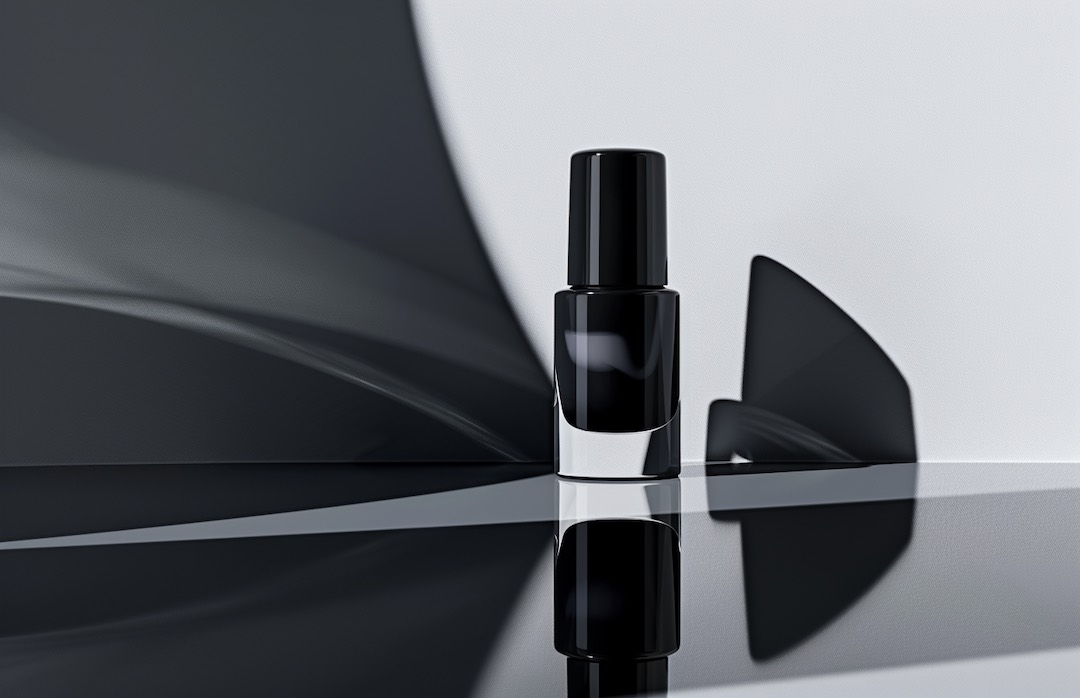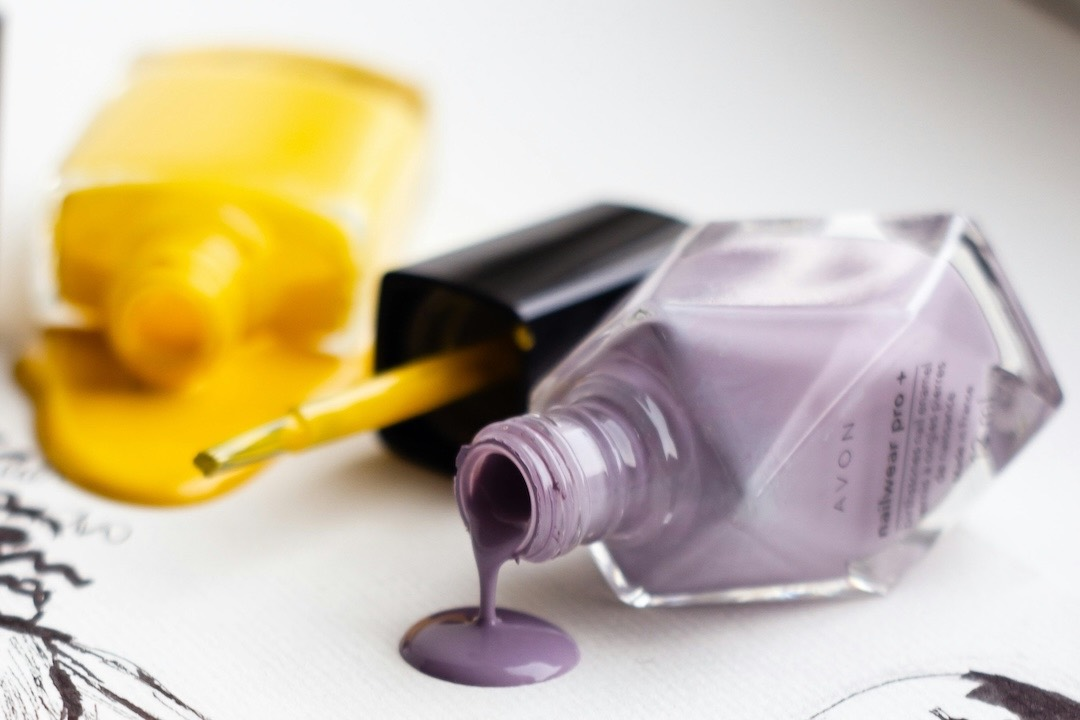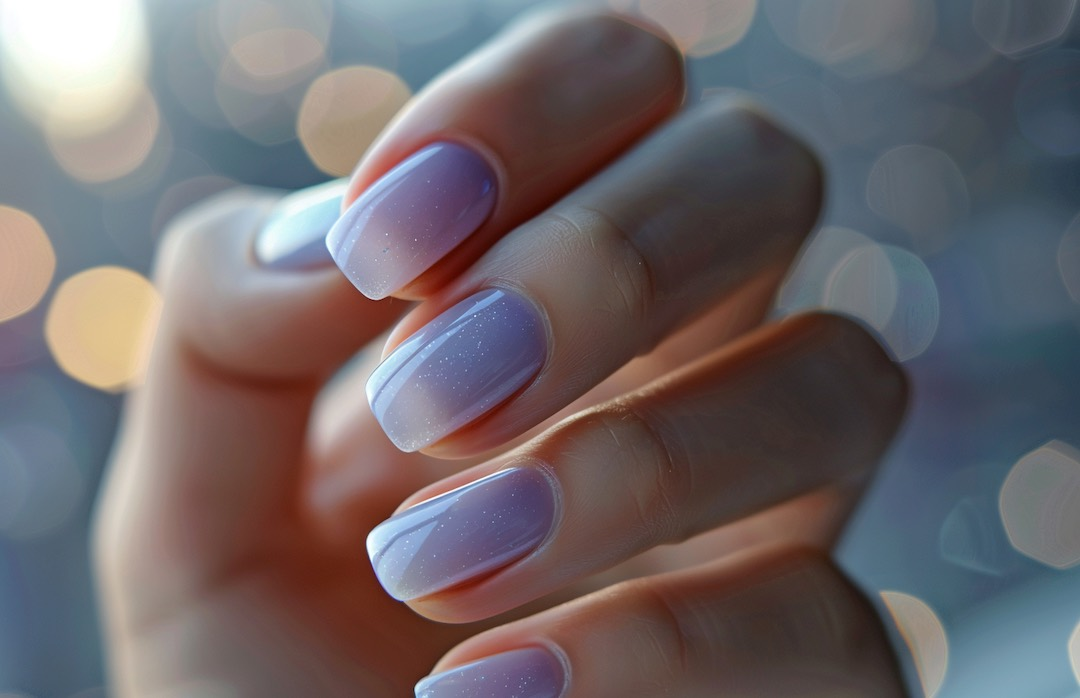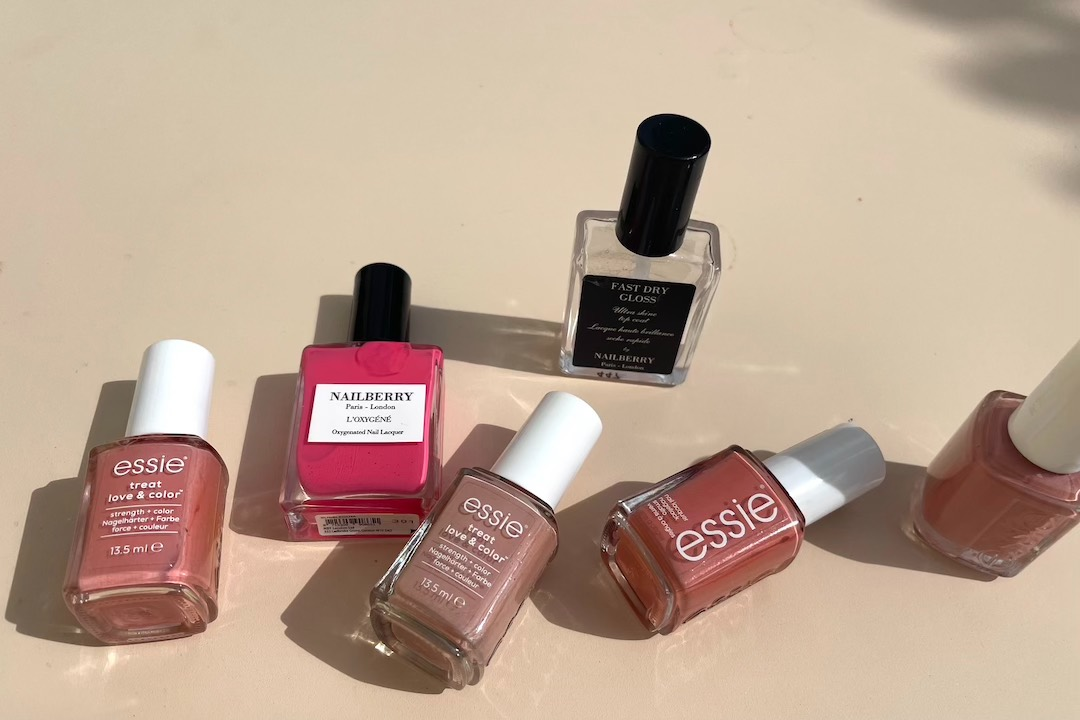Table of Contents
How Toxic is Nail Polish? Understanding the Risks and Choosing Safer Alternatives
I’ve been passionate about sustainability for years, but it took me a while to look closely at the beauty products I use every day. Health and the environment are closely linked, and that got me thinking about the nail polish I casually swipe on my nails.
It's important to note that the risks associated with nail polish are not limited to its liquid form; dry nail polish can still pose health risks due to the toxic chemicals it contains, which can enter the body through skin contact or inhalation.
I started wondering about the chemicals in those little bottles. What was I really applying to my nails? What was seeping into my body? As I dive deeper into a truly sustainable lifestyle, I’m learning more about what “non-toxic” really means and why it matters. Let’s explore whether nail polish is harmful and how we can make safer choices for ourselves and the planet.

What are The Most Toxic Ingredients in Nail Polish?
When examining traditional nail polishes, it’s crucial to understand how nail polish toxic ingredients can be harmful, including their potential for skin contact, absorption through the skin and nail, and the release of toxic vapors during application.
Conventional nail polish has long been formulated with a host of chemicals, some of which have raised concerns due to their toxic nature. The nail polish industry often relies on these substances to achieve the desired performance in terms of durability, shine, and quick drying. However, the side effects could be detrimental, especially with regular exposure, as these toxic chemicals that can be absorbed into the body through the nail bed.
The Top 5 Toxic Chemicals in Nail Polish
Here’s a deeper look into the most harmful substances commonly found in nail polish:
-
Formaldehyde: Used as a hardening agent, formaldehyde is a known carcinogen that can cause respiratory issues and skin irritations.
-
Toluene: This solvent helps nail polish glide on smoothly but can impair the central nervous system and affect reproductive health.
-
Dibutyl Phthalate (DBP): Often added to prevent chipping, DBP is linked to hormonal disruptions and reproductive issues.
-
Formaldehyde Resin: A less potent derivative of formaldehyde, it can still trigger allergic reactions and skin irritation.
-
Camphor: Used to add gloss, excessive exposure to camphor can lead to headaches, dizziness, and nausea.
These ingredients are excluded in nail polishes labeled as "5-Free"
Additional Chemicals to Watch Out For
Beyond the infamous "toxic trio" of dibutyl phthalate, toluene, and formaldehyde, there are other substances to be wary of:
-
Xylene: Another solvent, which can be irritating to the skin, eyes, and respiratory tract.
-
Ethyl Tosylamide: Has been banned in some regions due to its antibiotic properties and potential to contribute to antibiotic resistance.
-
Parabens: Preservatives linked to endocrine disruption, reproductive toxicity, and increased risk of breast cancer.
-
Lead: A heavy metal contaminant that can impair neurological development.
-
Acetone: Often used as a solvent in nail polish removers but can cause skin irritation and dryness.
-
Triphenyl Phosphate (TPHP): Used as a plasticizer, suspected of being an endocrine disruptor.
-
Titanium Dioxide: Found in nail polish for its pigmentation, classified as a possible carcinogen when inhaled as a powder.
-
Fragrance: Often includes a mix of chemicals, some of which may be allergens or hormone disruptors.
-
Hydroquinone: A skin lightener that can cause skin irritation and possibly act as a carcinogen.
-
Carmine: A colorant derived from insects, which can be an allergen.
-
Phthalates: Besides DBP, other types can also affect hormone function and reproductive health.
-
Glycol Ethers: Solvent chemicals associated with reproductive harm and respiratory issues.
-
Gluten: Can be an issue for those with severe allergies, though it is less common in nail polish.
-
Carbon Black: A pigment linked to increased risk of lung disease and other health issues.
-
Methylisothiazolinone: A preservative that can cause allergic reactions and skin irritation.
These ingredients are typically excluded in varying degrees by nail polishes labeled as "3-Free," "5-Free," "7-Free," "10-Free," "12-Free," "16-Free," and "20-Free," reflecting a growing commitment to safer, non-toxic beauty products.

Image by Maria Lupan on Unsplash
The Impact of Nail Polish on Health and Environment
Personal Health Concerns
The toxic chemicals in nail polish can potentially enter the body through the nail plate or during the drying process when users may inhale fumes. This exposure may lead to long-term health issues, including respiratory problems, skin irritations, and more severe complications like endocrine disruption or reproductive harm. In nail salons, both workers and clients are at a higher risk of exposure to these toxic chemicals, underscoring the need for safer practices and awareness of the ingredients used in nail polish to mitigate health risks.
Environmental Concerns
The environmental impact of nail polish is also significant. Many of the chemicals used in nail polish formulas are not eco-friendly and can contribute to pollution and other environmental problems. The production, use, and disposal of these products can adversely affect aquatic life and contribute to the overall toxicity of ecosystems.
The Rise of Non Toxic Nail Polish
In response to growing health concerns and consumer demand for safer products, many brands have begun formulating non-toxic nail polishes. These products avoid the use of harsh chemicals, focusing instead on safer, often plant-based alternatives that provide beautiful results without the risks. Considering the potential toxins present in regular nail polish, it's important for regular users to consider non- or low-toxic options for their health and safety.
Non-toxic nail polishes are formulated without the most harmful chemicals and are often labeled as “3-Free” or higher, up to “20-Free,” indicating the absence of those substances. To discover some of the safest brands on the market, like Deborah Lippmann or TENOVERTEN check out our article on non-toxic nail polish brands.

Understanding "Free" Claims in Nail Polishes
When selecting a nail polish, you may notice products labeled with terms like "3-Free" or "10-Free." These labels are crucial for identifying the safety of nail polish formulas. Here's what each term typically means:
-
3-Free: Does not contain formaldehyde, toluene, or dibutyl phthalate (DBP).
-
5-Free: Free from the above three chemicals plus formaldehyde resin and camphor.
-
7-Free: Excludes the five ingredients mentioned plus xylene and ethyl tosylamide.
-
8-Free: Lacks the seven ingredients and is also free from parabens.
-
10-Free: Avoids the eight ingredients plus lead and acetone.
-
12-Free: Excludes all ten chemicals plus triphenyl phosphate (TPHP) and animal-derived ingredients.
-
16-Free: Does not include the 12 substances plus titanium dioxide, fragrance, and other less commonly discussed harmful chemicals.
-
20-Free: Free from the 16 chemicals mentioned and also hydroquinone, carmine, additional phthalates, glycol ethers of series E, gluten, carbon black, methylisothiazolinone, and MEHQ/HQ (hydroquinone monomethyl ether).
These designations are vital for consumers who are conscious about the potential health risks associated with certain nail polish chemicals. They indicate a brand's commitment to removing harmful substances from their products.
For those interested in deeper research on the safety of nail polish ingredients Environmental Working Group (EWG) Skin Deep Database offers a comprehensive tool—the Skin Deep Database. This resource provides detailed assessments of cosmetic products, including nail polishes, helping you make informed decisions about the beauty products you choose.

What to look for when shopping for non-toxic, sustainable nail polish?
When shopping for non-toxic, sustainable nail polish, consider the following factors to ensure you’re choosing the safest options available:
-
Ingredient Transparency: Look for brands that disclose their full ingredient list and avoid those that use vague or generic terminology. Additionally, selecting a safer nail polish remover is crucial for a holistic non-toxic nail care routine. Opt for polish removers in various forms like oil-like, gel, or even Lavender-scented, which are designed to minimize the offensive odors and reduce the amount of product needed for effective removal.
-
Free-From Claims: Opt for polishes that are at least “3-Free” but consider those that are “5-Free,” “7-Free,” or even higher, as they exclude a broader range of toxic chemicals.
-
Sustainable Practices: Choose brands that use sustainable manufacturing processes and eco-friendly packaging materials.
-
Vegan and Cruelty-Free: Ensure that the polishes do not contain animal-derived ingredients and are not tested on animals. Consider products certified by Leaping Bunny or PETA, which ensure no animal testing at any stage of product development.
-
Certifications: Look for certifications that guarantee the product meets certain standards of safety and environmental care, such as USDA Organic, Leaping Bunny, or EcoCert.

By paying attention to these aspects, you can enjoy beautiful, vibrant and beautiful nails, without compromising your health or the planet.
While nail polish can be a fun and expressive beauty product, the potential health risks associated with its toxic ingredients make it a concern. Opting for non-toxic polishes and being informed about the chemicals in beauty products can significantly reduce these risks, contributing to a healthier lifestyle and a less polluted environment. Remember, a beautiful set of nails should not come at the expense of your health or the planet.
In a follow-up discussion, we will explore our favorite non-toxic nail polish brands that combine safety, sustainability, and style. Stay tuned to discover how you can dazzle with your next manicure without compromising on health or environmental integrity.











